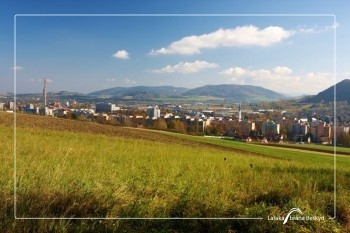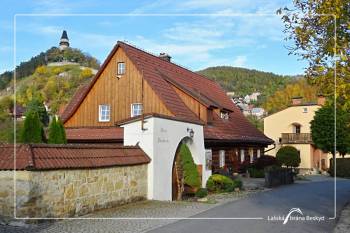The Botanical Garden (Štramberk)
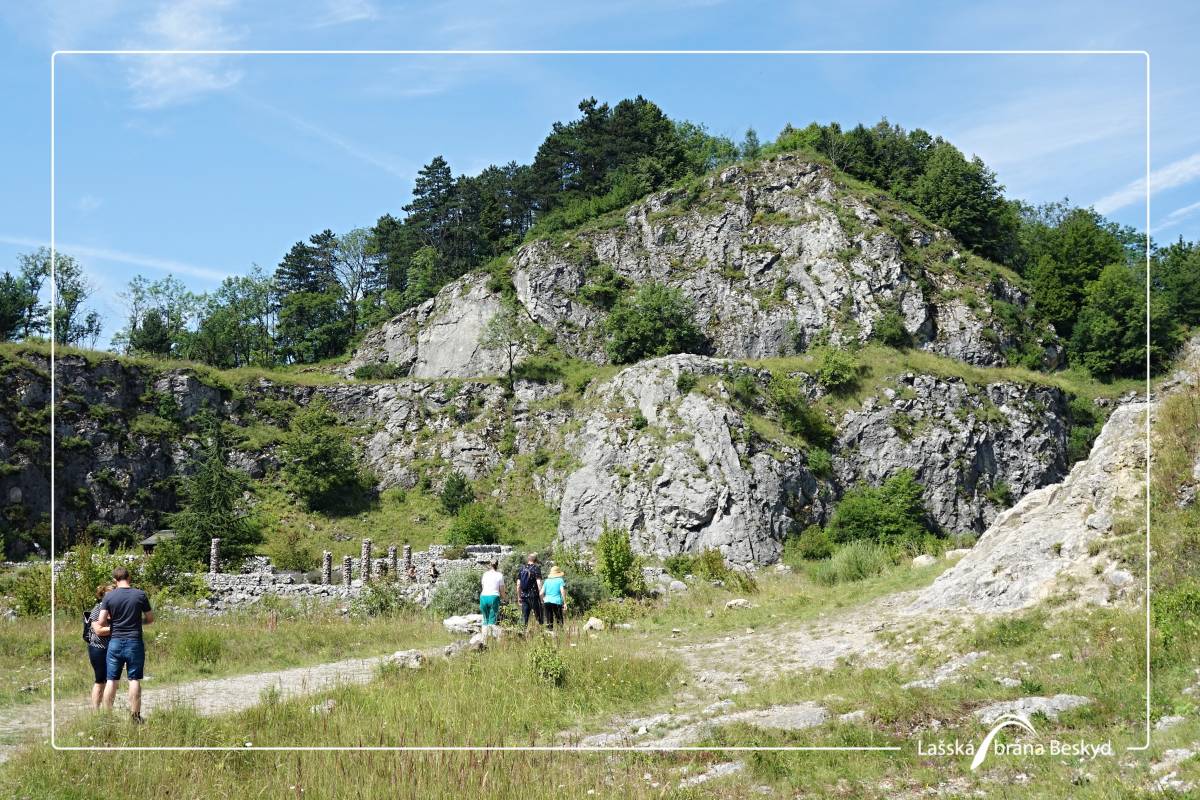

Address:
Štramberk

E-mail:
pavlikovi@email.cz
The Botanical Garden (422 MAMSL) - A diverse collection of ora and fauna, Jurassic limestone, a stone labyrinth and a system of caves.
When the coral reef ceased to be a reef and progressively became a hill of limestone, people began to extract from the limestone and it became a quarry. When the quarry served its time on the place of today's botanical garden, it was filled with waste and a cinder football ground was founded there. And because this place was suitable for rare plants and animals, the football ground was canceled, trash was taken away and the present botanical garden began to form in 1996.
Its area is 9.3 hectares. There are several lakes with a depth of 2.5 meters in the back of the quarry bottom. Their water-level can decrease by 10 - 20 cm in times of drought. Each lake has its own water source and is fed by seepage from the walls. The garden is exceptional on account of the occurrence of xerophilous and wetland plants. Native species typical for the region grow there, as well as species that are part of the exhibition of the Botanical garden. In Štramberk, there are plants that are very rare in the Czech Republic and grow only in a few localities. Since 1934, part of the former quarry walls with a height of 15 - 35 m has served as a climbing wall.
Fossils
In the distant past, we could find a clipboard of animals on a coral reef, that have been preserved in the form of fossils to this day - protozoa, sponges, corals, worms, arthropods, molluscs (snails, bivalves, belemnites, ammonites, nautiloids), bryozoans, brachiopods, urchins, crinoids, etc. Fossilized crinoids look like stars and there is no problem finding them here, especially after rain.
Pilgrimage Cave (Pouťová jeskyně)
Pilgrimage cave was probably discovered in the Botanical garden around 1880, but it was covered up and forgotten. It was discovered again after the excavation of the modern backfills of foundry sands and slag at the time of the Štramberk pilgrimage, May 1 1999. The reached depth is 58 meters. The aim of the survey work is to get to the supposed system of tunnels, which according to a geological borehole, are located at a depth of about 80 meters near the cave.
Parking: nearby parking
When the coral reef ceased to be a reef and progressively became a hill of limestone, people began to extract from the limestone and it became a quarry. When the quarry served its time on the place of today's botanical garden, it was filled with waste and a cinder football ground was founded there. And because this place was suitable for rare plants and animals, the football ground was canceled, trash was taken away and the present botanical garden began to form in 1996.
Its area is 9.3 hectares. There are several lakes with a depth of 2.5 meters in the back of the quarry bottom. Their water-level can decrease by 10 - 20 cm in times of drought. Each lake has its own water source and is fed by seepage from the walls. The garden is exceptional on account of the occurrence of xerophilous and wetland plants. Native species typical for the region grow there, as well as species that are part of the exhibition of the Botanical garden. In Štramberk, there are plants that are very rare in the Czech Republic and grow only in a few localities. Since 1934, part of the former quarry walls with a height of 15 - 35 m has served as a climbing wall.
Fossils
In the distant past, we could find a clipboard of animals on a coral reef, that have been preserved in the form of fossils to this day - protozoa, sponges, corals, worms, arthropods, molluscs (snails, bivalves, belemnites, ammonites, nautiloids), bryozoans, brachiopods, urchins, crinoids, etc. Fossilized crinoids look like stars and there is no problem finding them here, especially after rain.
Pilgrimage Cave (Pouťová jeskyně)
Pilgrimage cave was probably discovered in the Botanical garden around 1880, but it was covered up and forgotten. It was discovered again after the excavation of the modern backfills of foundry sands and slag at the time of the Štramberk pilgrimage, May 1 1999. The reached depth is 58 meters. The aim of the survey work is to get to the supposed system of tunnels, which according to a geological borehole, are located at a depth of about 80 meters near the cave.
Lašská naučná stezka Kopřivnicí – stops
2. Jasníkova studánka (Jasník's Well)
8. Janíkovo sedlo (Janík's Saddle)
10. Okružní cesta (Circuit Way)
11. The Botanical Garden
13. U Panny Marie (At Virgin Mary)
14. Viewing Tower on White Mountain
15. Váňův kámen (Váňa's Stone)
16. The Reeve’s House (Fojtství) Museum
PHOTO GALLERY
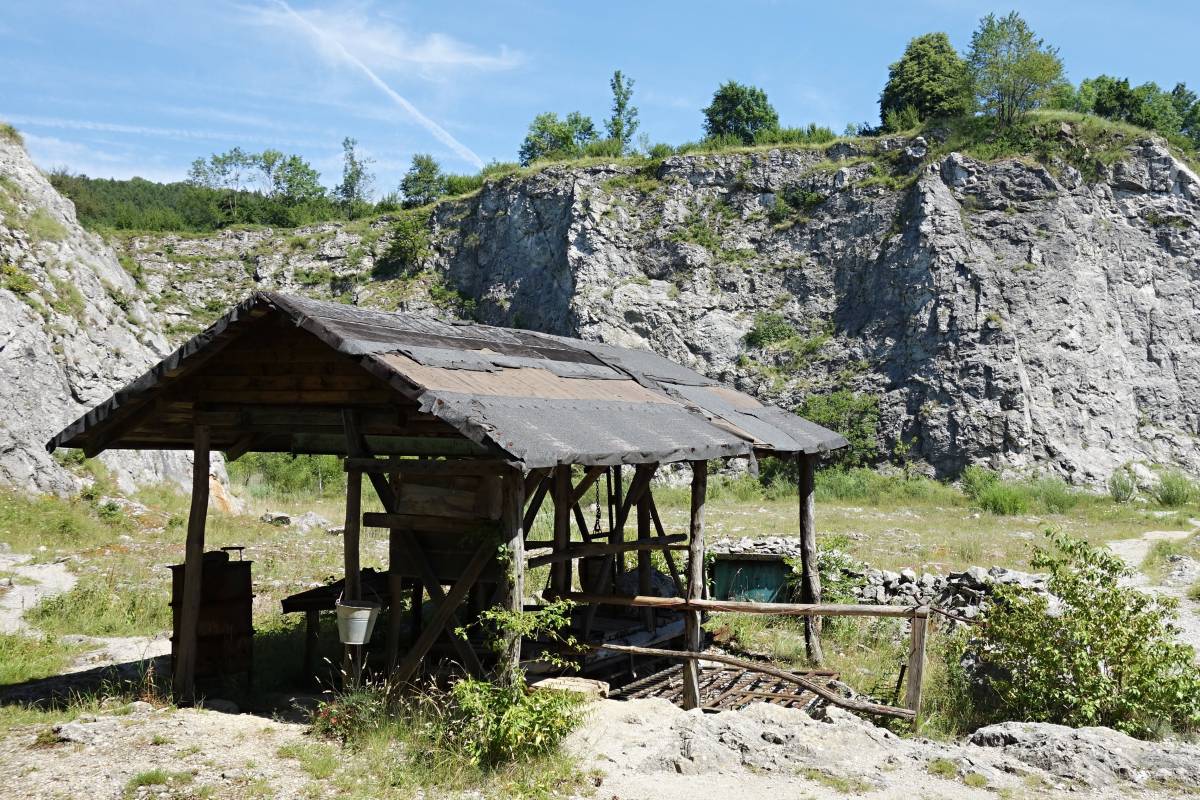
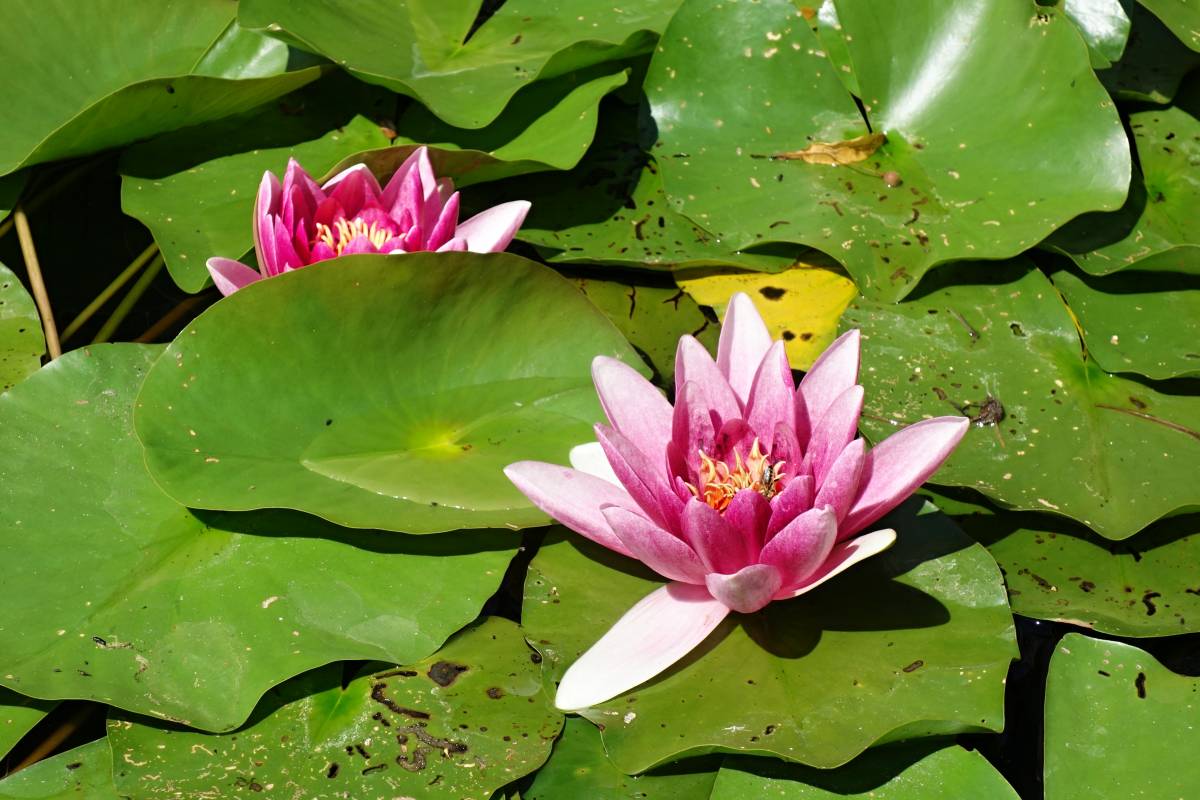

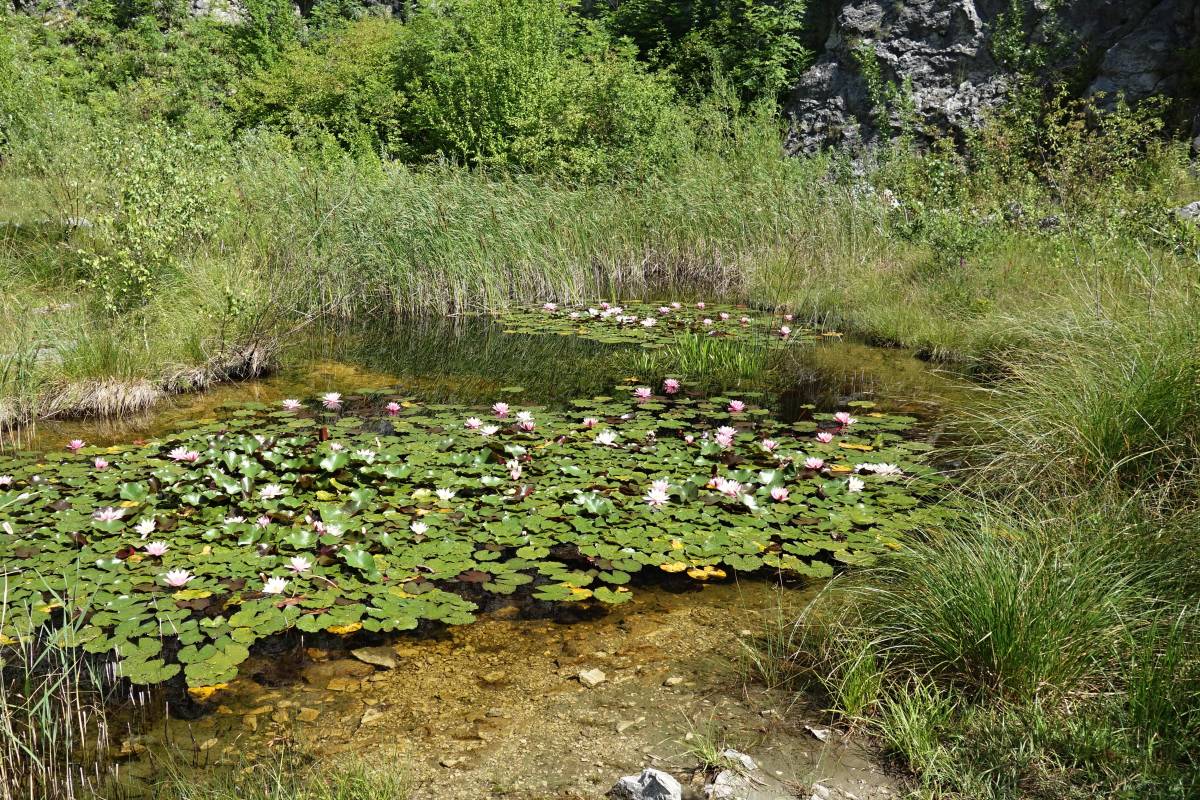

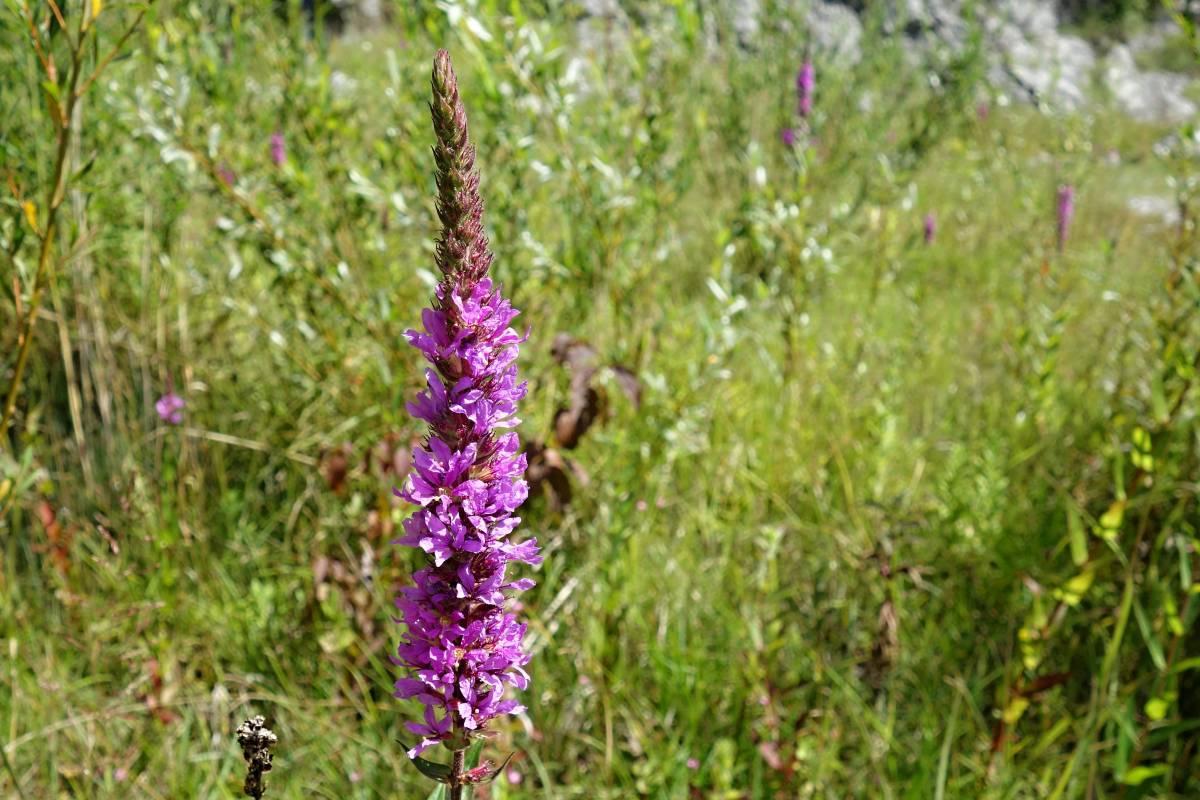
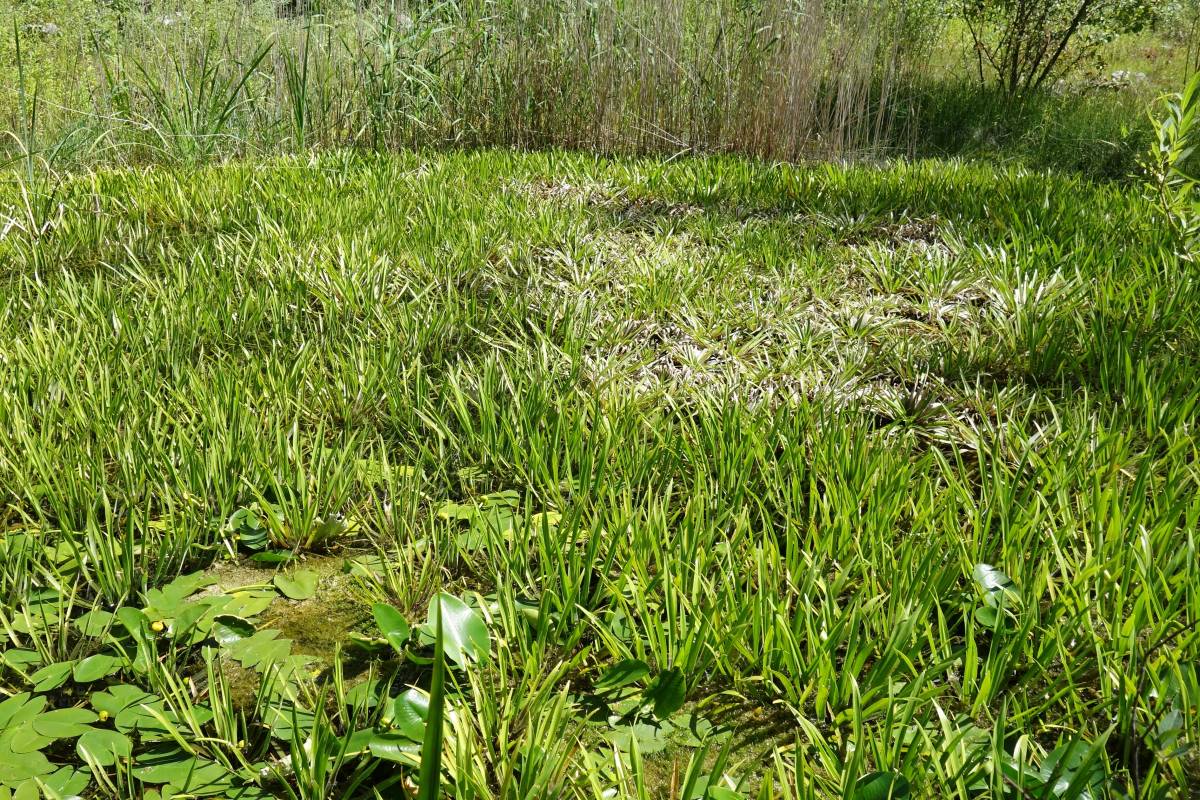

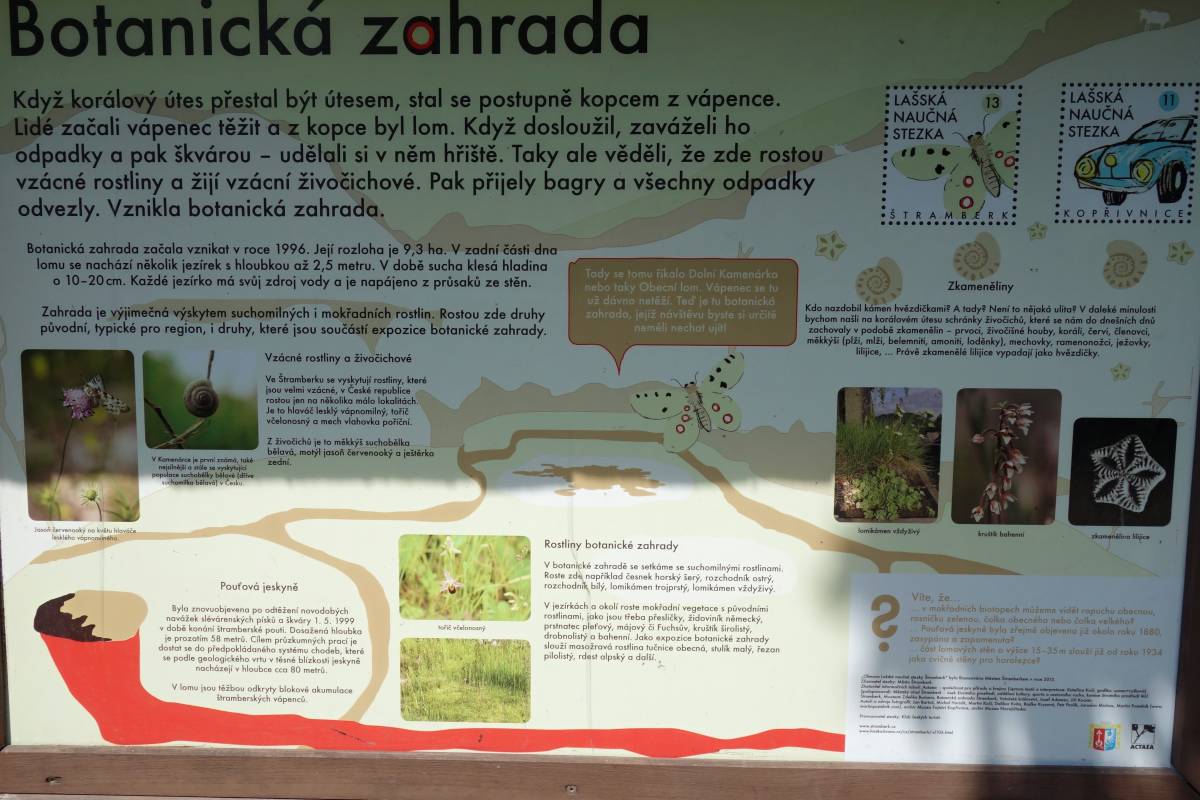

+ 8
